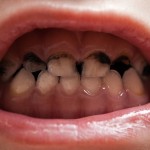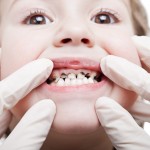
This Japanese cohort study analysed data for 76,920 children born between 2004 and 2010 attending routine health checkups finding that exposure to tobacco smoke at 4 months of age was associated with an approximately twofold increased risk of caries.
[read the full story...]


